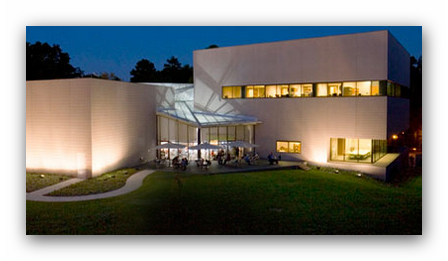Sep 21 2017 - Feb 25 2018
Nasher Museum of Art at Duke University
Durham, NC
The decade immediately following World War II was one of significant artistic achievement in the United States. In the late 1950s, artists took divergent aesthetic paths in reaction to the dominance of Abstract Expressionism, laying the foundation for a plurality of styles that proliferated in the ensuing years. This exhibition presents some of the varied artistic approaches developed during that time. Many works are on view for the first time. Drawn primarily from the collection and featuring several significant recent acquisitions, Disorderly Conduct will include works by Al Held, Philip Guston, Audrey Flack, Nancy Graves and David Salle, among many others.
By 1960, Abstract Expressionism gave way to the reductive geometries of Minimalism and the appropriated imagery of Pop Art, catalyzing innovative styles and new “-isms,” reflected throughout this exhibition. Artists pushed abstract painting in new directions, such as post-Minimalism in the 1970s and neo-Expressionism in the 1980s. Concurrently, many artists were influenced by photography and relied on the medium in meticulously rendered scenes of everyday life using a hyper-real technique known as Photorealism.
The exhibition includes an eclectic mix of artists who explored craft and issues of feminism, found inspiration in the ornamental traditions of non-Western cultures and embraced an expressive type of representational painting that became known as New Realism. In doing so, these artists were directly challenging established artistic conventions. Organized in a loosely thematic fashion, Disorderly Conduct illustrates an array of stylistic and conceptual artistic practices characteristic of this dynamic period.
Credit: Exhibition overview from museum website
Exhibition Venues & Dates
Sep 21 2017 - Feb 25 2018
Nasher Museum of Art at Duke University
Durham, NC
